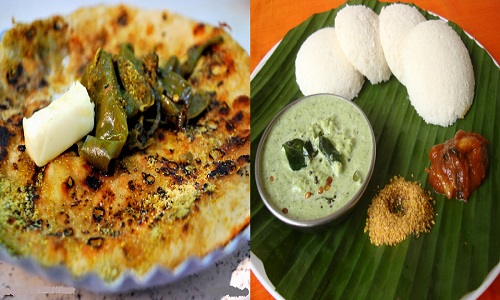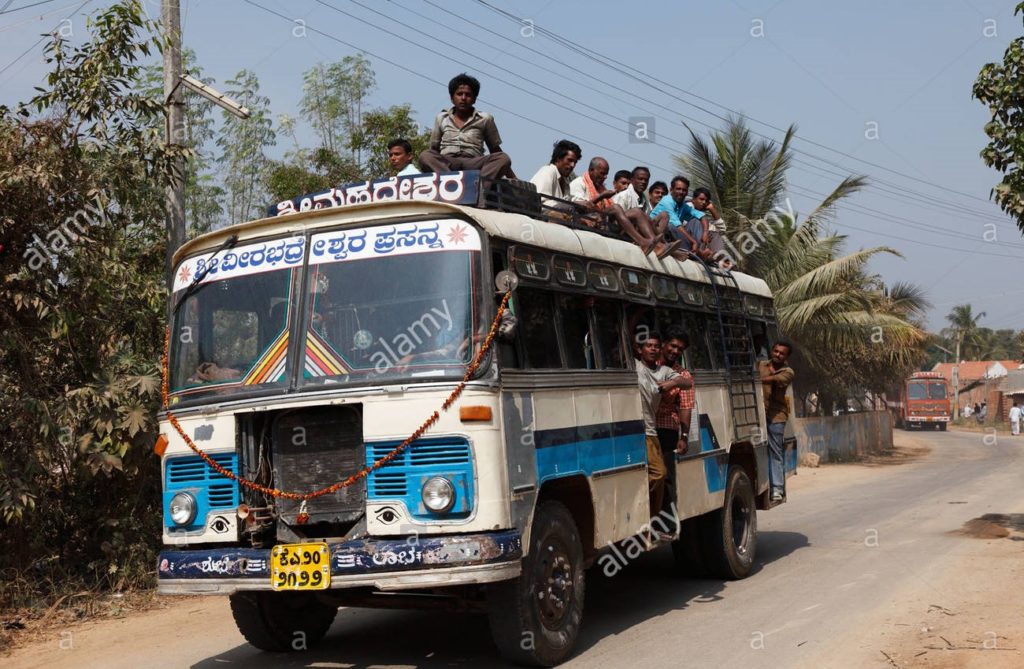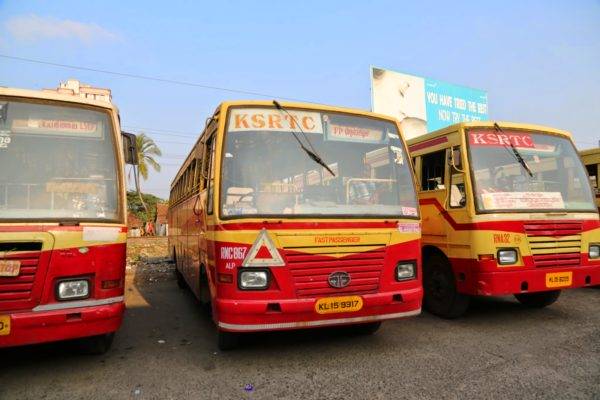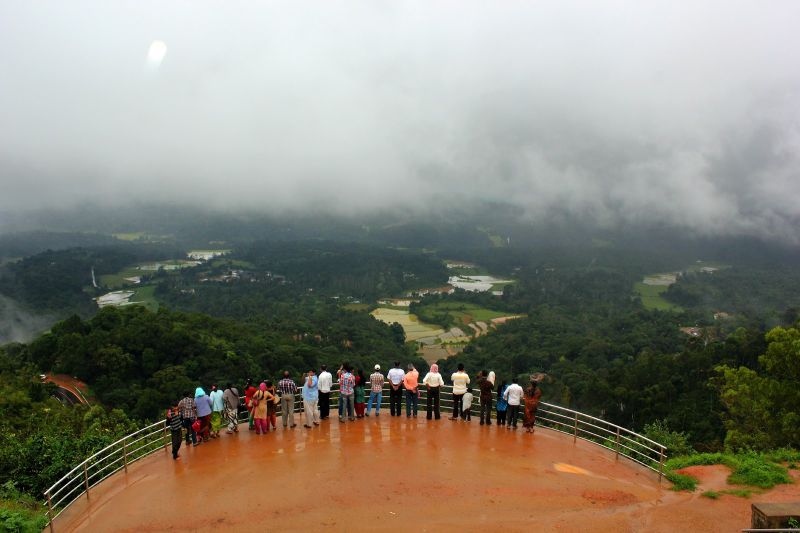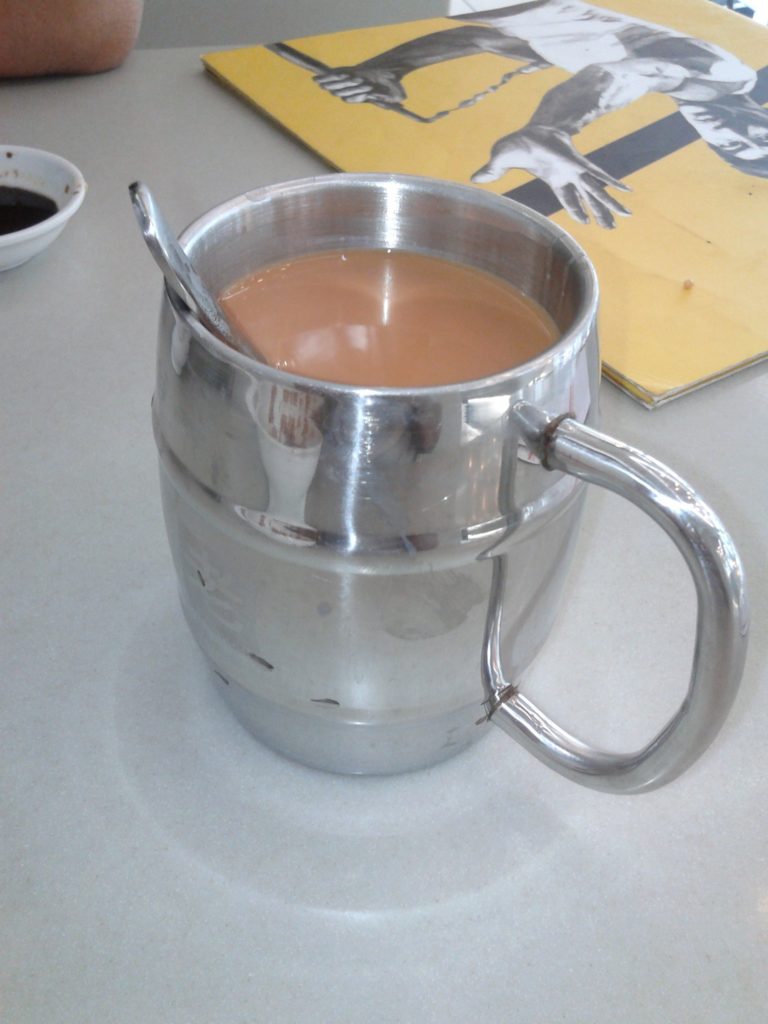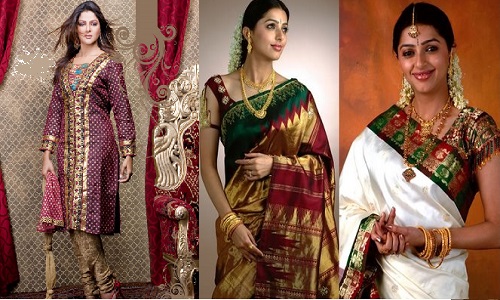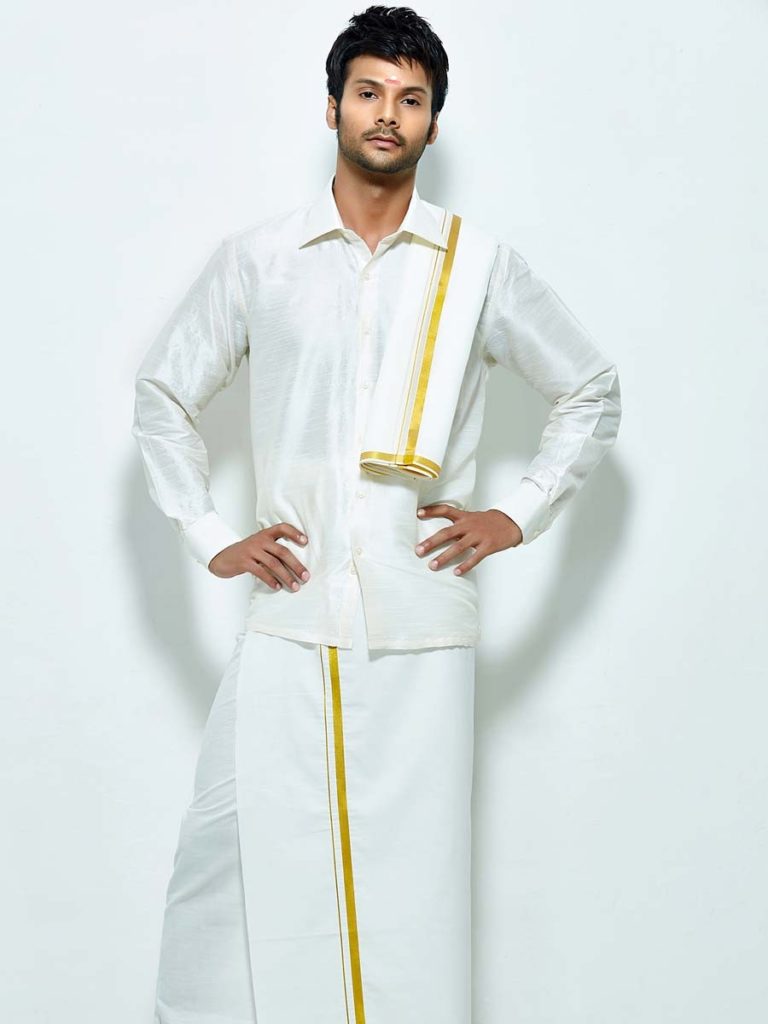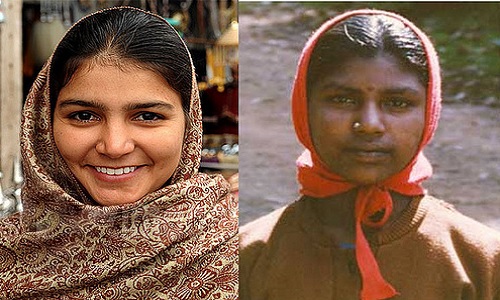15 Cultural Differences That Makes South India Different From North India!
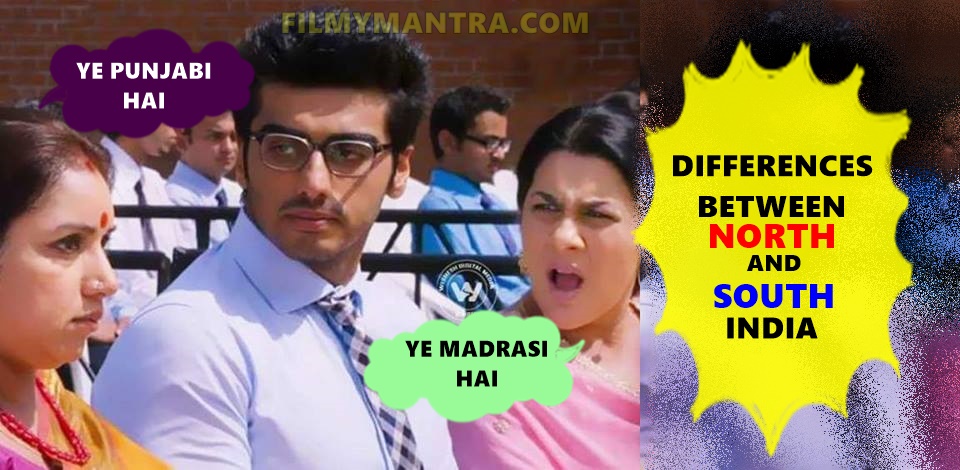
North India and South India both are a part of one nation, i.e. India. Yet, there are many cultural differences that make them different from each other. Either ways, North Indians and South Indians both never stop boasting about themselves and their cultural backgrounds and both share their own sets of customs, rituals, climates, food and geographical differences.
Let’s take a look at such differences which make South India very much different from North India:
1. Differences In Food
As compared to a Paratha and hardcore Chicken rich diet of North Indians, chapati is rarely seen in South India. All you will see in various varieties of rice – Tamarind rice, lemon rice and many such types of rice are consumed widely in South Indian states.
Public transport plays a very important role in South Indian’s life. People honestly pay for their tickets and the crowded buses are yet safe to travel. The bus conductor remains free from any sort of theft or worries as the people of South India are truthworthy even in a crowded bus.
The school kids of Southern India are allowed to travel without any rent in the Karnataka State Road Transport Corporation.
4. Climate
Being surrounded by sea majorly, Southern India witnesses a moist climate almost throughout the year. At times, the rains are so heavy that the people start feeling cold and the need to put on woolen clothes arises. In contrast, North Indians witness a humid and sweaty climate.
Greenery is found widely in Southern India. The sight it so beautiful to watch that it can make anyone fall in love with the city.
As compared to the usual glass or chinaware that we use to serve tea and coffee, you will notice that people in South India mainly use steel glasses and cups to serve tea and coffee.
7. Bindi And Flowers
In Southern India, wearing a bindi and flowers on the hair for a female is permitted before marriage as compared to North India where putting on a bindi is strictly forbidden prior to marriage.
8. Terminology For Mother-Sister
Women in North are often referred to as Behen meaning Sister. Whereas, women in South India are referred to as Maa or Amma which literally translates to Mother.
The South Indian government has made sure the environment remains well maintained and everything remains spotlessly clean. People don’t spit or litter around and the surroundings are kept clean by the government.
10. Manners
Each others efforts are very often acknowledges with a Thank You and faults are usually accepted and followed by a Sorry. South Indians possess a great deal of courtesy and manners.
North Indians are very popularly known to be fond of salwar-kameez / chuddidar. Same is not the scenario in South India where women are seen sporting a saree, especially after marriage.
Men are seen wearing a sparkling white dhoti and colorful lungis which is not even minutely visible in the Northern parts of India. North Indian men wear seen wearing a Turban which is a part a religious oath.
13. Dance Forms
North India is famous for popular dance forms like – Kathak, Chhau, Gaudiya Nritya, Odissi and Manipuri. Dances that are popular in south are – Bharatanatyam, Kuchipudi, Kathakali and Mohiniyatta
14. Racial Origins
North Indians are known to be descendants of the Aryan race whereas the South Indians are the descendants of the Dravidian race. The racial difference is visible in their general appearance. The North Indians are taller, fairer, stronger and heavily built as compared to South Indians; although this may not hold completely true for several individuals.
15. Music
Classical music of India is widely divided into HIndustani and Carnatic music. The Hindustani music originates from North India whereas the Carnatic Sangeets originates from South India. The musical instruments used by musicians also vary. While sitar, sarangi, santoor, and table are very popular in north, mridangam, gottuvadyam, violin, veena and jalatarangam are favored in the south.

